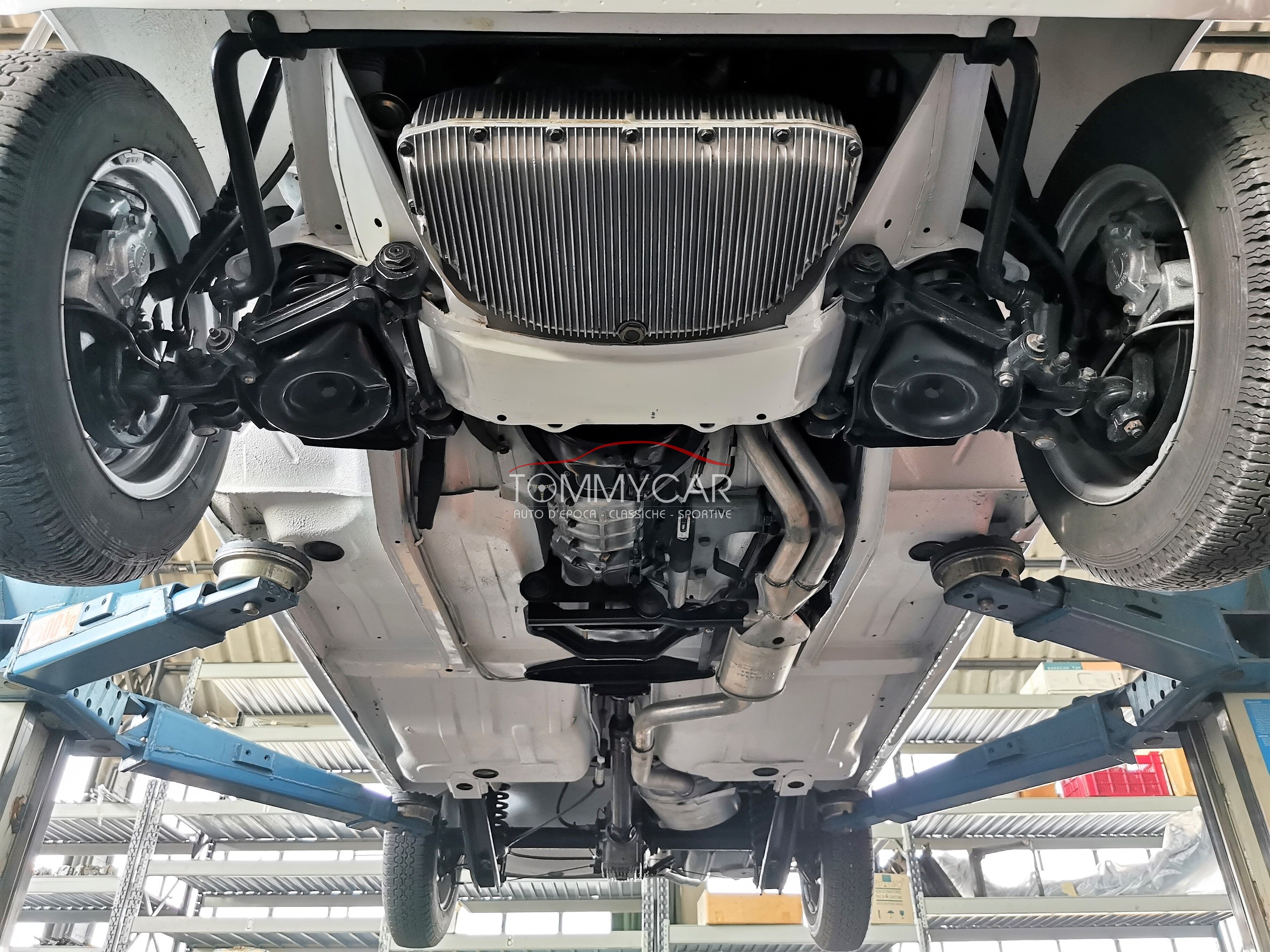So I would suggest the Air Tabs to start. Takes maybe an hour to put them on. Simple enough to do, and probably the cheapest thing to start with.
A couple of options exist on the suspension. The shocks may be original, or at least older/worn. On the diesels, the two popular aftermarket ones are Bilsteins and Konis. The Konis are known for being the better handling, but some people say they ride too rough. Our RV had Bilsteins and I replaced them with Bilsteins. I may try the Konis next time, but every time I drive a rough road, I find myself glad I went with Bilsteins, and they work well.
Another thing is that stock RV anti-roll bars are very small. My big diesel pusher doesn't even have a rear anti-roll bar to start. I'd look into aftermarket larger ones available. I upgraded the front bar and that did make an improvement. I've been thinking about adding a rear bar, which I'm sure will also make an improvement, but that kit is significantly more expensive since it has to add mounts as well as the bar itself, so I haven't done it yet. At this point I'm not sure I will, as I find the handling to be acceptable.
Some people also add a beefier/better steering stabilizer (basically the shock absorber attached to the steering arms). I didn't bother with this and never have on any vehicles I've owned, but something to consider if the above options don't help. Really that won't help your overall suspension, just maybe make the steering more consistent.
That era Ford Super Duty suspension wasn't known for having the best ball joints and you may want to inspect to just see if there's any play in them. I had a couple Excursions (2000 and 2002) and while I didn't have any suspension problems, I remember a lot of people complaining about them.
On the side of the engine itself, the V10 and 5.4 were known for spark plugs blowing out. I'd recommend going through and replacing the plugs as a preventative item with new, and making sure they're torqued to spec. They said that it was good to check the torque every 10k miles on them. On my first Excursion I did that the first time or two, and after that when the torque hadn't budged I spread out the interval. But, that truck had a couple of plugs blow out.
Another known problem area on those engines is the exhaust studs breaking. I had this issue on both my V10s. On the first one, I put on shorty headers and that did seem to help (at least I didn't have any issues after that). It seemed to improve the flow a bit although I can't say if that actually helped power or mileage, but it probably lowered EGTs at the very least. The headers were cheap on eBay (this was about 15 years ago, though, so I'm sure price has gone up) and quality was fine (that may have gone down). And depending on the configuration of your exhaust manifolds, they may not bolt up, so something to consider.
And if you really wanted to blow up your engine and transmission, you could add a supercharger.



 )
)

